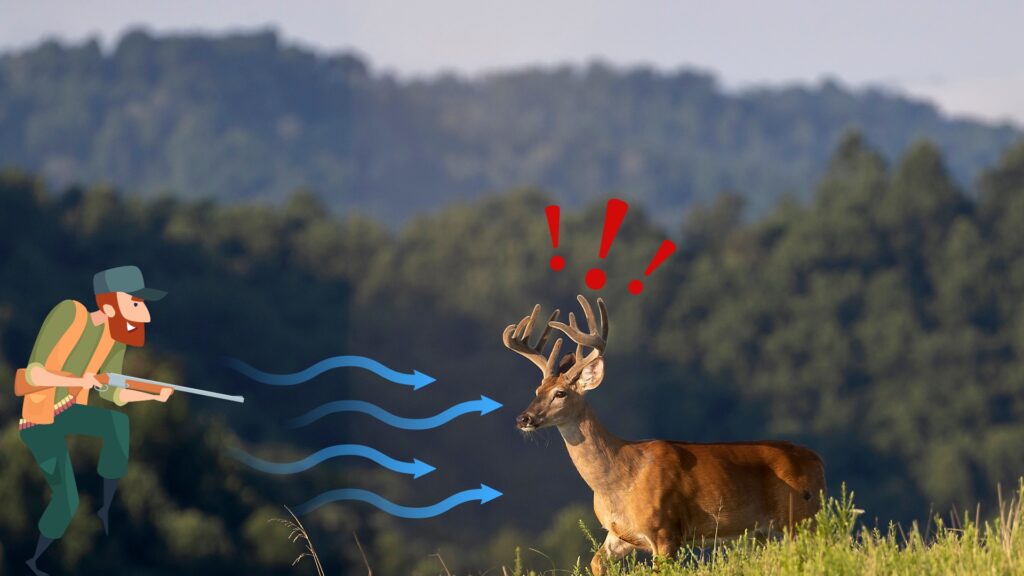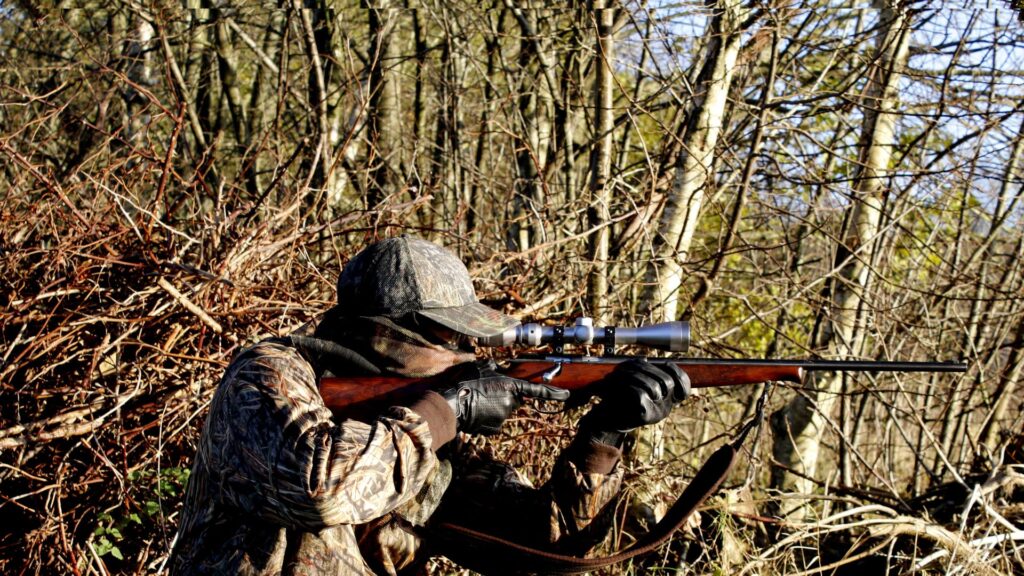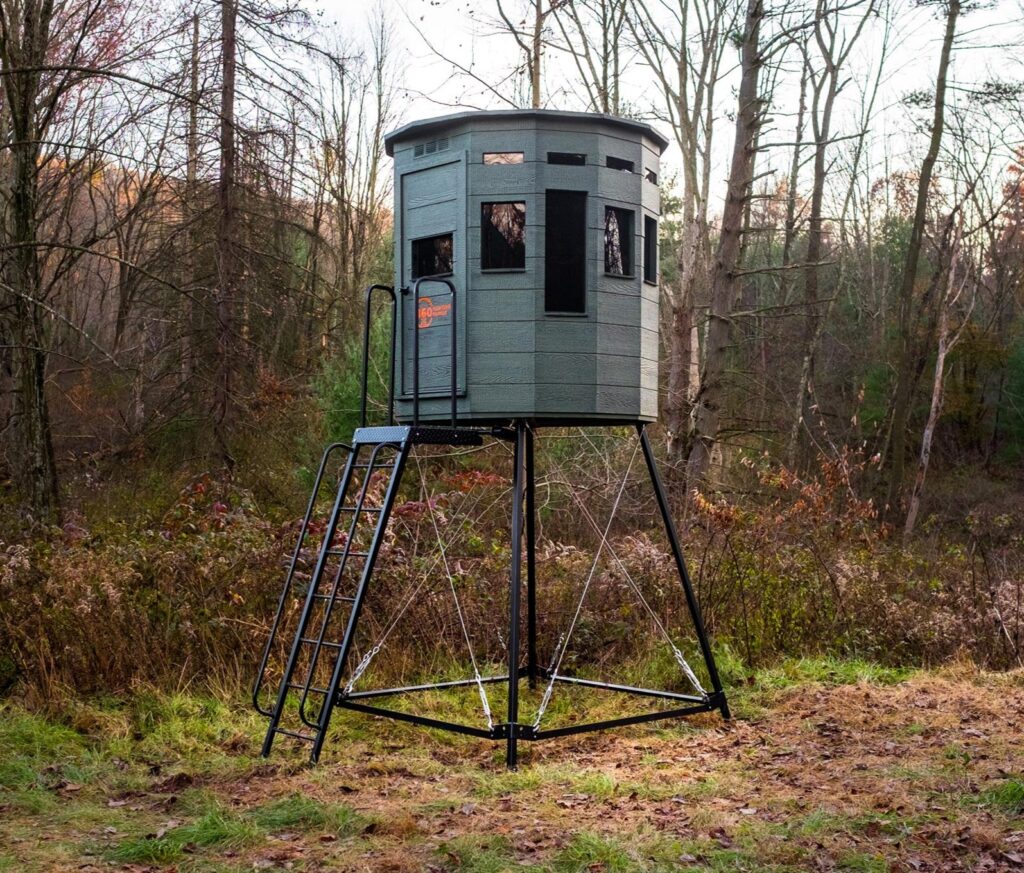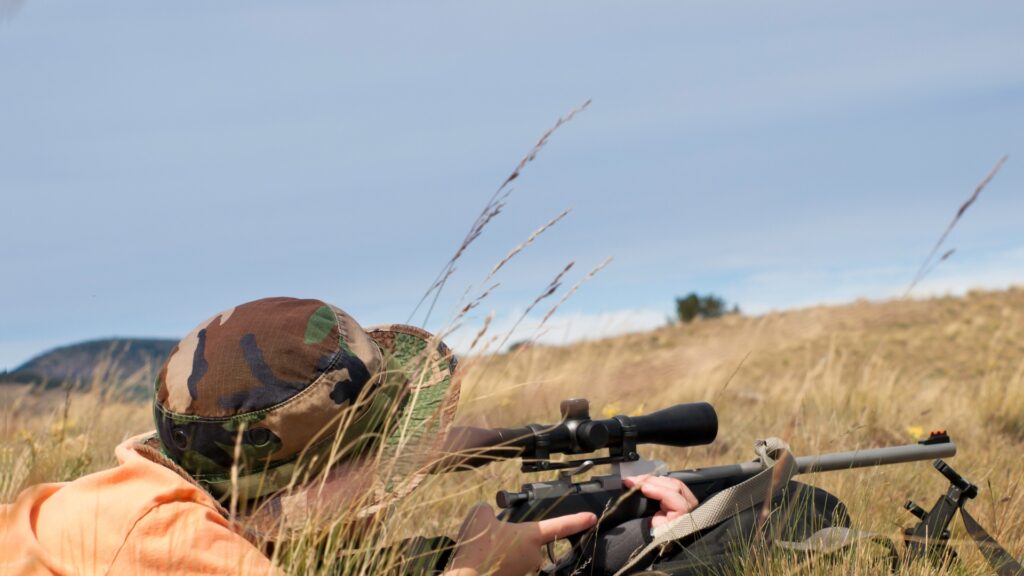Hunting blinds are essential tools for hunters looking to increase their chances of a successful hunt. The right placement of a hunting blind can make the difference between a fruitful day in the field and going home empty-handed. Whether you’re using a portable or permanent blind, these ten tips will help you strategically position your hunting blind for optimal results.

1. Understand Animal Behavior
Before you set up your hunting blind, take the time to understand the behavior and patterns of the animals you’re hunting. This includes knowing their feeding habits, travel routes, and preferred habitats. Deer, for example, often follows well-defined trails between feeding and bedding areas. Waterfowl may favor certain ponds or fields depending on the season and weather conditions. By studying these patterns, you can choose a location that increases your chances of encountering your target.

2. Scout the Area
Pre-season scouting is crucial for identifying the best locations for your hunting blind. Spend time in the field observing animal movements, noting trails, tracks, droppings, and other signs of activity. Use trail cameras to gather information about animal behavior at different times of the day. Scouting not only helps you choose a prime location but also gives you insight into the best times to hunt.

3. Consider Wind Direction
Wind direction is a critical factor in hunting blind placement. Animals, especially deer, have a keen sense of smell and can detect human scent from a considerable distance. Position your blind so that the prevailing wind carries your scent away from the anticipated approach of your prey. Pay attention to changing wind patterns and adjust your blind placement accordingly throughout the hunting season.

4. Utilize Natural Cover
Blending your hunting blind into the natural environment is essential for remaining undetected. Use the surrounding vegetation, such as bushes, trees, and tall grass, to camouflage your blind. Avoid placing your blind in open areas where it will stand out. Instead, tuck it into the landscape, using natural cover to break up its outline and make it less conspicuous to animals.

5. Choose Elevated Positions
Elevated positions offer several advantages for hunting blind placement. Setting up your blind on a hillside, ridge, or tree stand can provide a better vantage point, allowing you to see the approaching game from a distance. Elevated blinds also help keep your scent above the ground, reducing the chances of detection. Ensure that your elevated position is stable and secure to avoid accidents.

6. Maximize Visibility and Shooting Lanes
Ensure that your hunting blind offers clear visibility and shooting lanes. Trim any branches, bushes, or tall grass that might obstruct your view or interfere with your shot. Create multiple shooting lanes to cover different angles and distances. However, be careful not to disturb too much vegetation, as this can alert animals to your presence.
7. Consider Seasonal Changes
Animal behavior and habitat preferences can change with the seasons. Deer, for instance, might frequent different areas during the rut compared to early or late season. Waterfowl may shift their feeding grounds based on weather patterns and food availability. Adjust your hunting blind placement to account for these seasonal variations, ensuring you remain in a prime location throughout the hunting season.
8. Access Routes
Plan your access routes to and from your hunting blind carefully. Avoid crossing areas where you expect animals to travel or feed, as this can leave scent trails and disturb the area. Use natural cover to conceal your approach and minimize noise. Arriving at your blind well before sunrise or after sunset can also help you avoid spooking game.
9. Comfort and Concealment
Your hunting blind should offer a balance of comfort and concealment. Spending long hours in an uncomfortable blind can affect your focus and patience. Ensure your blind has enough space for you to move quietly and adjust your position without making noise. Use padded seats, shooting rests, and other amenities to enhance comfort. Additionally, keep the interior of the blind dark and free of reflective surfaces to avoid catching the attention of animals.
10. Adapt and Be Flexible
Hunting is an unpredictable activity, and flexibility is key to success. Be prepared to move your hunting blind if animal patterns change or if your initial location doesn’t yield results. Portable blinds are particularly useful for adapting to new conditions. Regularly assess your setup and make adjustments based on your observations and experiences in the field.
The strategic placement of your hunting blind is a critical component of a successful hunt. By understanding animal behavior, scouting the area, considering wind direction, utilizing natural cover, and maximizing visibility, you can position your blind effectively. Remember to adapt to seasonal changes, plan your access routes, balance comfort and concealment, and stay flexible in your approach. With these ten tips, you’ll be well on your way to a more productive and enjoyable hunting season. Happy hunting!
